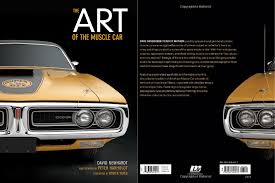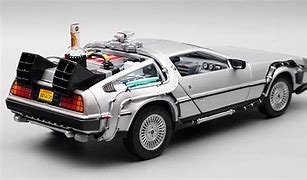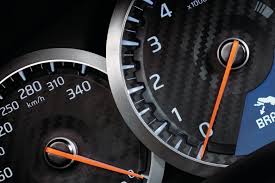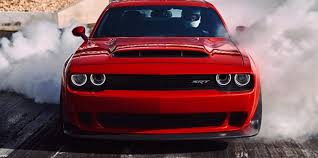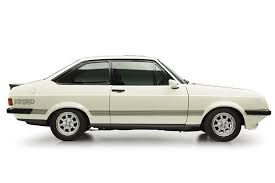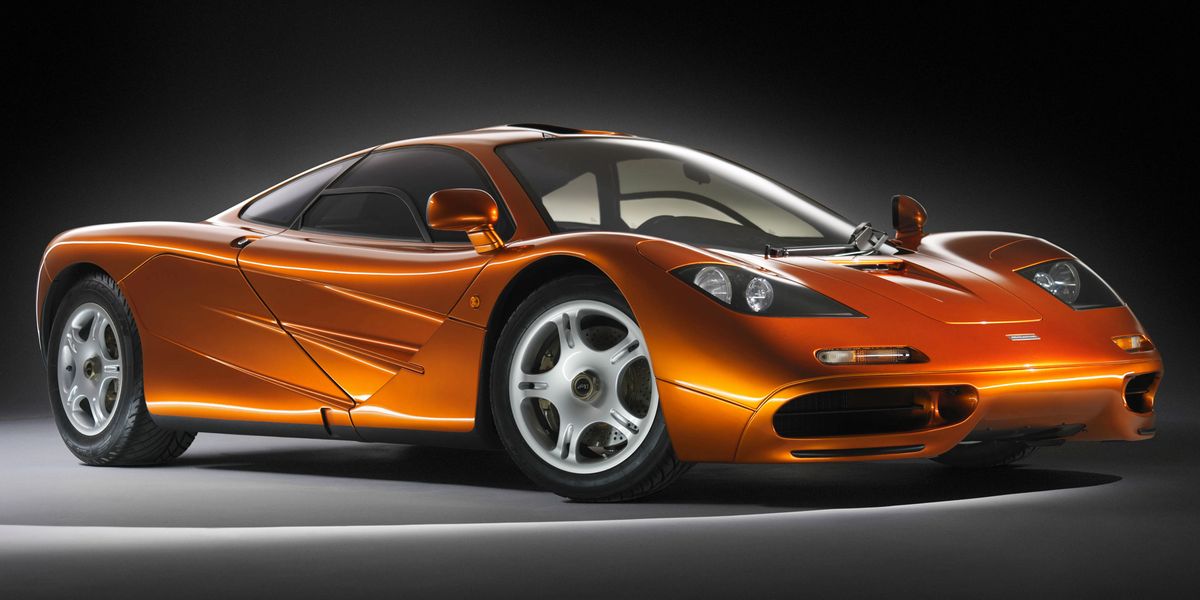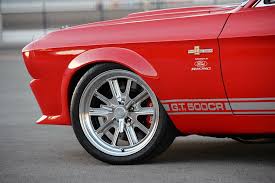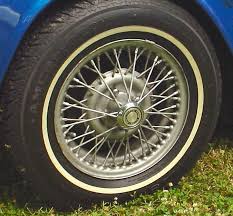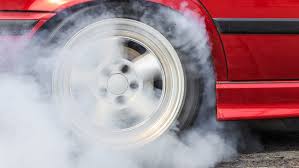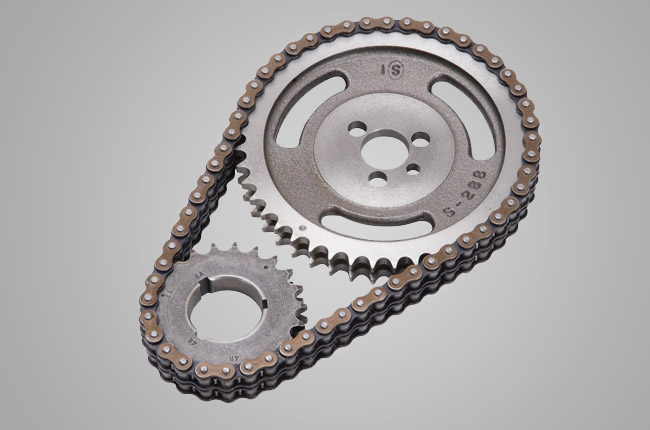
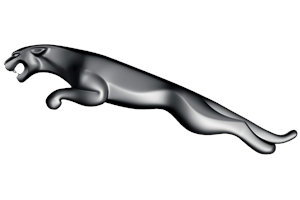

This edition of the Jaguar XK 150 SE Fixed Head Coupe is the 4 speed / Manual version and was first brought out in 1957. This was at around the same time as the introduction of the 1957 Chevrolet Corvette C1 283 Convertible and the 1957 Mercedes 300 SL II Roadster W198.This particular Jaguar XK has a 3442cc Naturally Aspirated Petrol powerplant with 6 cylinders in a St formation.
The XK shares its Petrol St6 engine configuration with the likes of the 1965 Aston-Martin DB6 1965 and the . If you're looking for other fast cars which share the XK's Rear Wheel Drive, Coupe combination then how about the 1982 Fiat X1/9 1.5 8V or the 1965 Aston-Martin DB6 1965.
Weighing in at 1461 kgs (3220 lbs) this makes the Jaguar XK 150 SE Fixed Head Coupe in the same weight category as the 2023 Porsche Boxster Spyder RS 4.0 982 or the give or take 50kg.
![Mini Cooper John Cooper Works Cabrio 2.0 Turbo - [2022] image Mini Cooper John Cooper Works Cabrio 2.0 Turbo - [2022] image](/editionimages/2340.jpg)
The Jaguar XK shares the same bhp with the 2022 Mini Cooper John Cooper Works Cabrio 2.0 Turbo (228 bhp)
In terms of power the 3442cc 12V St6 engine produces 210 bhp (156 kW) @ 5500 rpm similar to the 2022 Mini Cooper John Cooper Works Cabrio 2.0 Turbo (228 bhp) or the 2020 Audi TT S Turbo 50 TFSI (225 bhp).
The Naturally Aspirated St6 throws out 215 lb-ft (291.5 Nm) @ 3000 rpm placing it with cars of similar torque performance figures such as the 2022 Mini Cooper John Cooper Works Cabrio 2.0 Turbo (236 lb-ft) or the 2020 McLaren Sabre 4.0 V8 Twin Turbo (206 lb-ft).
If one combines the weight with power or torque performance for the Jaguar XK you can get a better idea of it's real world performance.
![Ford Mustang Mach 1 351 4 Speed - [1969] image Ford Mustang Mach 1 351 4 Speed - [1969] image](/editionimages/725.jpg)
The 1969 Ford Mustang Mach 1 351 4 Speed (168.7 bhp per ton) has similar Bhp Per Ton stats as the Jaguar XK.
The Jaguar XK has a Power to weight ratio of 143.7 bhp per ton and 147.1 lb-ft per ton. Bhp Per Ton figures of the 1957 XK competing with the 1969 Ford Mustang Mach 1 351 4 Speed (168.7 bhp per ton) or the 1992 Rover 200 220 Coupe Turbo (168.7 bhp per ton).
If you agree with the late great Carroll Shelby then arguably an even better indicator of potential performance, Torque. Use weight as well and you end up with - Torque per ton, with the Jaguar XK generating around 147.1 lb-ft per ton. If you're curious as to what other cars have as much torque to weight then look no further than the 2013 BMW 3 Series 335i Gran Turismo F34 (172.0 lb-ft per ton) or the 2003 Dodge Ram 1500 SLT Hemi (171.9 lb-ft per ton).
With a 0-60mph time of 8.50 secs or a 0-100km/h (0-62mph) of 8.8 secs, this made the Jaguar XK 150 SE Fixed Head Coupe as fast as the 2012 Land-Rover Range Rover Sport 3.0 TDV6 (8.50 secs) the 2004 Land-Rover Discovery 3 4.4 V8 (8.50 secs) the 2000 Volkswagen-VW Golf GT TDi 150 (8.50 secs) the or the 1997 Peugeot 306 2.0 XSi (8.50 secs). This Jaguar XK 150 SE Fixed Head Coupe is also faster than the 2012 Jaguar XJ V6 (8.60 secs) the 2006 Land-Rover Range Rover Sport 3.6 TDV8 (8.60 secs) the 2004 Audi A4 1.8T Sport (8.60 secs) the and the 2003 Volkswagen-VW Golf 2.0 FSI (8.60 secs).
When talking about the performance of the Jaguar XK on the drag strip it can reach a quarter mile in an estimated 15.6 secs @ 87.7 mph. Similar performance down the quarter mile can be found with the the 2020 BMW X4 M40d 3.0 Turbo (15.53 secs), the 2002 Lotus Elise S2 1.8 111S (15.55 secs), and the 2017 Volkswagen-VW Arteon 2.0 TSI 4Motion (15.56 secs).
Modern performance cars are often artificially restricted to 155mph. The 1957 version of the Jaguar XK 150 SE Fixed Head Coupe has a maximum speed of 124mph.
If maxing out your car on the AutoBahn is your thing and you're wondering what's faster than the 1957 Jaguar XK 150 SE Fixed Head Coupe then how about the 2020 Toyota Camry TRD 3.5 V6 (135 mph), the 2020 Toyota Avalon TRD 3.5 V6 (135 mph), or the 2018 Abarth 595 Turismo 1.4 Turbo (135 mph).










Alfa-Romeo GTV 3.0 V6 Lusso
Engine: Naturally Aspirated Petrol | 2959cc 24v V6
Top Speed: 239.7 kph
0-100kph: 6.8 seconds
